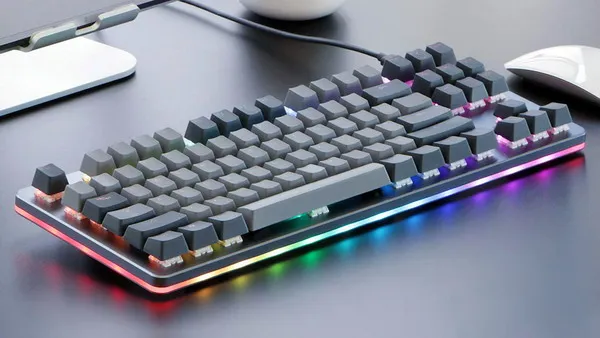Painting rotors
Last Updated on July 22, 2024 by Mutiara
Brake system components are one of the most visible internals on a vehicle, and so they are one of the first areas an owner focuses on when trying to improve the aesthetics. Although nothing can be done about the parts of the rotors that make contact with the pads, for obvious reasons, they are not a problem area anyways. The area that can always use some improvement is the hub and outer edge of a rotor, caliper, and caliper bracket, as these parts often rust. Most don’t enjoy the sight of brown rust lurking behind a good set of wheels, so usually the first modification most people will do is paint their calipers.
But few ever go one step further and paint their rotors because the procedure is often done wrong and is very controversial in the car tuning community. The controversy stems from the fact that performance brake products will sometimes have a paint or metallic finish from the factory, and painting regular rotors or other brake parts is thought to be cheating. However, painting the components shouldn’t be done just for looks in the first place, but rather for cleanliness and extending the parts life by preventing corrosion. Even most factory painted rotors still exclude any finish on the outer rotor edges where rust is usually quite revealing.
One good alternative to painting the rotors is to buy rotors that are Zinc or Cadmium coated, or get new rotors coated after purchasing them. Since this involves metals bonding to the surface of the rotors that are more resistant to corrosion, this finish lasts longer and may look better. Sometimes some color variation is available such as gold or black.
Of course the most evident problem with painting rotors and one that generates the most criticism is the fact that paint disrupts the brake components performance. This can be avoided either with tape on the area where the pads make contact, but due to the circular shape it is difficult to get a perfect round shape without spending excessive amount of time. An easier approach, especially if done right before changing brake pads is to try to avoid spraying the contact area as much as possible, but otherwise leaving it on and then proceeding with using the brakes for the short duration it will take for the pads to erase the paint off the wheels. This should be done with caution as the stopping distance will be severally impaired until the paint is gone. After the effect is reached, new pads should be installed. Downside to this method is the way brake parts wear to each other, hence using only perfectly flat pads and rotors is required, without any groves. A good alternative is to go and obtain a set of used pads at the junkyard for this purpose, since changing them usually takes little time. They can even be returned after their short usage.
The paint chosen should be able to withstand high heat applications. Though some paints that aren’t made for high heat applications will still last for a decent amount of time under average driving conditions. Cheap and non name brand paints, and paint that dries to a very brittle finish should be avoided. All of the components should be painted separately, with everything except metal surfaces that have no contact taped off. The wrong and lazy way is to paint the whole assembly as can be seen in one of those photos below, will result in poorly functioning brakes and many parts sticking or seizing up from the paint. Proper prep work is required for good results, such as rust removal through electrolysis, wire brush polishing/cleaning with a die grinder, or sandblasting.
- Right & wrong examples













